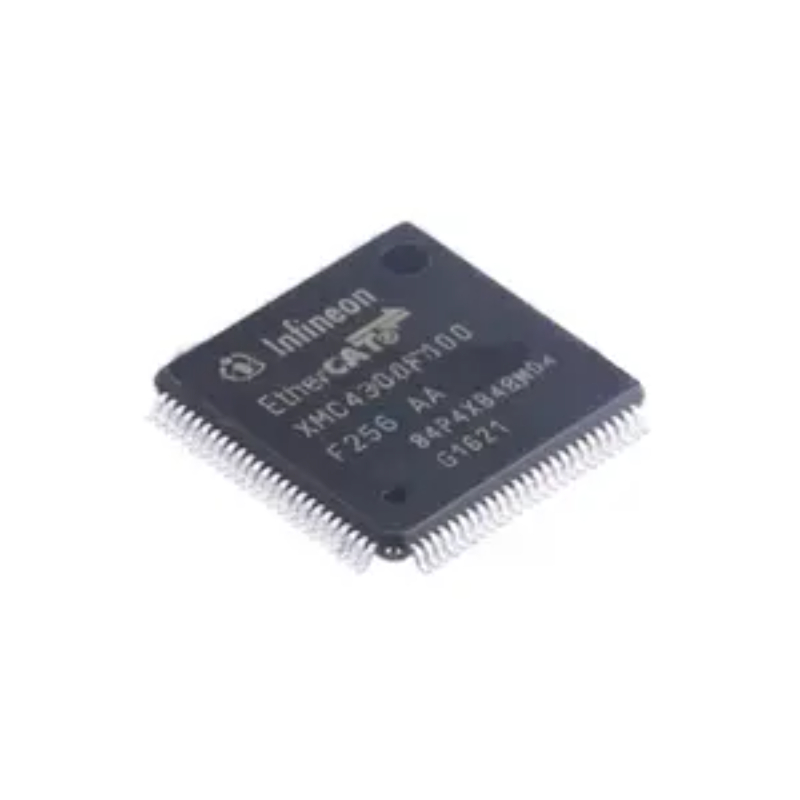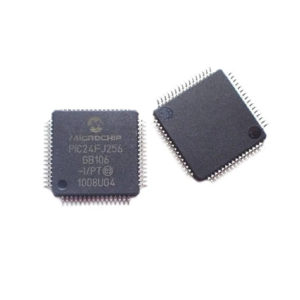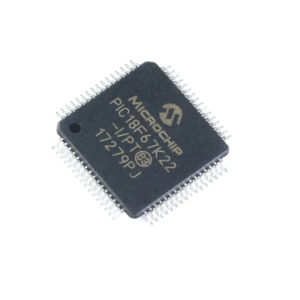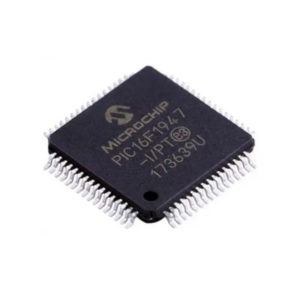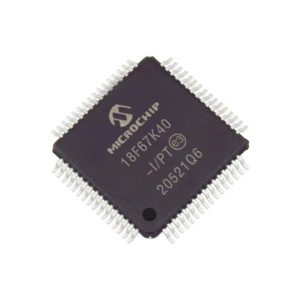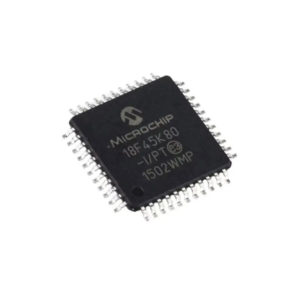XMC4300F100K256AAXQMA1
| Manufacturer | Infineon Technologies |
| Description | IC MCU 32BIT 256KB FLASH 100LQFP |
| Category | Integrated Circuit |
| Package | LQFP-100 |
| Status | New & original |
| Ship From | HK/SHENZHEN |
| Stocks | 10,000 |
Please submit your BOM List or Input the part online
Description
The XMC4300F100K256AAXQMA1 is a microcontroller from Infineon Technologies. It belongs to the XMC4000 family of microcontrollers, specifically the XMC4300 series.
The XMC4300F100K256AAXQMA1 microcontroller is designed for various industrial and automation applications that require high performance, connectivity, and a rich set of peripherals. It features an ARM Cortex-M4 core running at a frequency of up to 144 MHz.
Some key features and specifications of the XMC4300F100K256AAXQMA1 microcontroller may include:
1. Flash Memory: It typically offers a certain amount of flash memory for storing program code and data.
2. RAM: It includes a certain amount of RAM for data storage during program execution.
3. Communication Interfaces: The microcontroller provides various communication interfaces such as UART, SPI, I2C, CAN, and Ethernet for connecting and exchanging data with other devices and networks.
4. Timers and PWM Channels: It includes multiple timers and PWM channels, which are useful for generating precise timing signals and controlling analog devices.
5. Analog-to-Digital Converter (ADC): The microcontroller incorporates an ADC for converting analog signals into digital values, enabling it to interface with sensors and other analog devices.
6. High-Resolution PWM: It supports high-resolution PWM outputs for applications that require precise control of motors, power converters, or other analog devices.
7. Real-Time Clock (RTC): The microcontroller may include an RTC for keeping track of time and enabling time-dependent operations.
8. Operating Voltage: The microcontroller operates at a specific voltage range, typically between 3.3V and 5V.
The XMC4300F100K256AAXQMA1 microcontroller can be used in a wide range of applications, including but not limited to:
1. Industrial Automation: It can be employed in various industrial automation systems such as motor control, PLC (Programmable Logic Controller), robotics, and motion control.
2. Internet of Things (IoT): The microcontroller can be integrated into IoT devices to enable connectivity, data acquisition, and control capabilities.
3. Building Automation: It can be used in building automation systems for controlling and monitoring HVAC (Heating, Ventilation, and Air Conditioning), lighting, and security systems.
4. Renewable Energy Systems: The microcontroller can be utilized in solar inverters, wind turbine control systems, and energy management applications.
5. Motor Control: It can be employed in applications that require precise motor control, such as industrial drives, servo systems, and robotics.
6. Communication Gateways: The microcontroller’s communication interfaces make it suitable for implementing communication gateways in industrial or IoT networks.
7. Human-Machine Interface (HMI): It can be used to develop HMIs for controlling and monitoring industrial machinery and automation systems.



















































